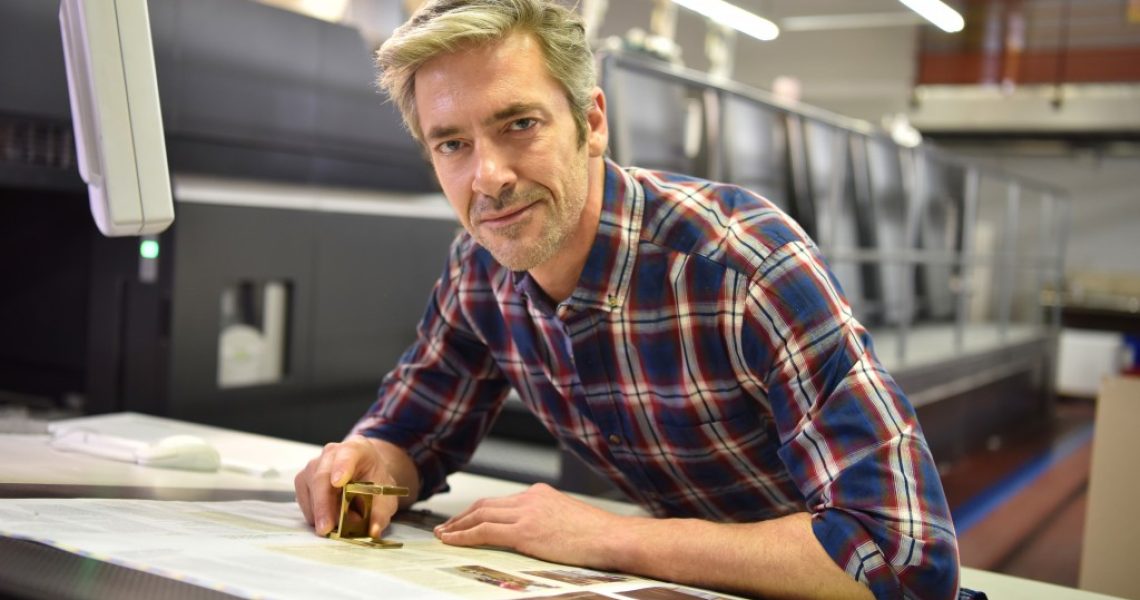In an age where the smartphone has seemingly turned everyone into a photographer, we’re all capable of engaging in visual creation. Years ago, photo manipulation was mostly accessible only to those who could master Photoshop. Now, you can download a variety of apps to achieve the effect you want.
You can easily use digital software to develop your skill as an artist or graphic designer. But how well-versed are you when it comes to transferring your vision onto a physical medium? Even as the tools for creation enter the mainstream, the knowledge of printing techniques and specifications remains somewhat arcane to the layman.
UV-curable ink has been available for mass printing since around the turn of the century. Yet not all creators are fully aware of how it can translate their images into tangible, high-quality products. Here’s an in-depth look into some aspects of this printing method.
Potential for sustainability
Environmental issues tend to be further down the list of priorities when searching for the best way to print an image. But in a world where human impact on natural resources and the environment is a growing concern, sustainability ought to rank higher in your considerations.
Standard methods of printing tend to use solvent inks. These tend to be cost-effective but contain volatile organic compounds (VOCs) as well as heavy metals. The presence of these substances is necessary for some dyes, improving vibrancy and adhesion. But they also result in toxic fumes and pollute soil and water if not properly disposed of.
By contrast, UV ink is cured by light. Unlike the typical infrared laser, which uses heat to evaporate ink, this process takes advantage of the high-energy wavelength of UV light to dry the ink. There are no VOCs released, and the inks aren’t water-soluble. Printed on a durable substrate such as Orajet 3105, the resulting image can be extremely lightfast and weather-resistant.
There are no perfect solutions for environmentally-friendly inks. When you consider the entire cradle-to-grave process, an adverse impact will inevitably take place. But in the right application, these attributes of the UV curing process can minimize waste and pollutant emissions.

Quality for art and archival
For beginners, the quality of print results might not matter too much. As long as you have a print that isn’t pixelated and seems faithful to the original, digital copy, you won’t mind.
But as you go further along your artistic journey, your position on printing quality changes. Serious art requires serious results. You don’t want your skill as a photographer or digital artist to be let down by sub-par print methods.
The process of UV curing offers unique advantages in this aspect. Conventional inks need to be mixed into a carrier liquid, which tends to seep into the substrate in a process known as ‘dry back.’ It reduces the vibrancy of colors. Since UV inks are cured, not dried, this effect is eliminated. It allows you to achieve high fidelity and match the quality expected of fine art.
Another advantage of UV curing for artists is its potential to adhere to different substrates, including wood or metals such as copper or aluminum, where conventional inks wouldn’t work. This wide range of applications can open up more interesting creative possibilities. Instead of being limited to paper or canvas, it gives you further options and control over how your finished artwork turns out.
Versatility and speed for designers
While artists might obsess exclusively over quality, graphic designers often have to deal with more practical considerations. It’s a designer’s job to take user behavior into account and align their output for the best results.
The versatile application of UV ink is a significant asset in this regard. But designers need to understand the underlying mechanics involved to make the most of its properties.
Instead of being absorbed, UV ink creates a polymer on the surface of the substrate when cured. This means it can easily be removed from very smooth surfaces, like glass; if that effect isn’t desired, the substrate needs to be primed first. And on material like latex, which can be stretched, the polymer simply won’t match the elasticity, making it prone to cracking and deterioration.
Another property of UV curing that designers might value is its speed. UV light turns the ink into a polymer within seconds, with no need to cool down or dry further. When mass production is involved, time is usually essential, making this a more attractive choice.
Is UV printing the right choice for your project? Only you can decide, but having this option and knowing exactly what it brings to the table can help you create the best outcome.

